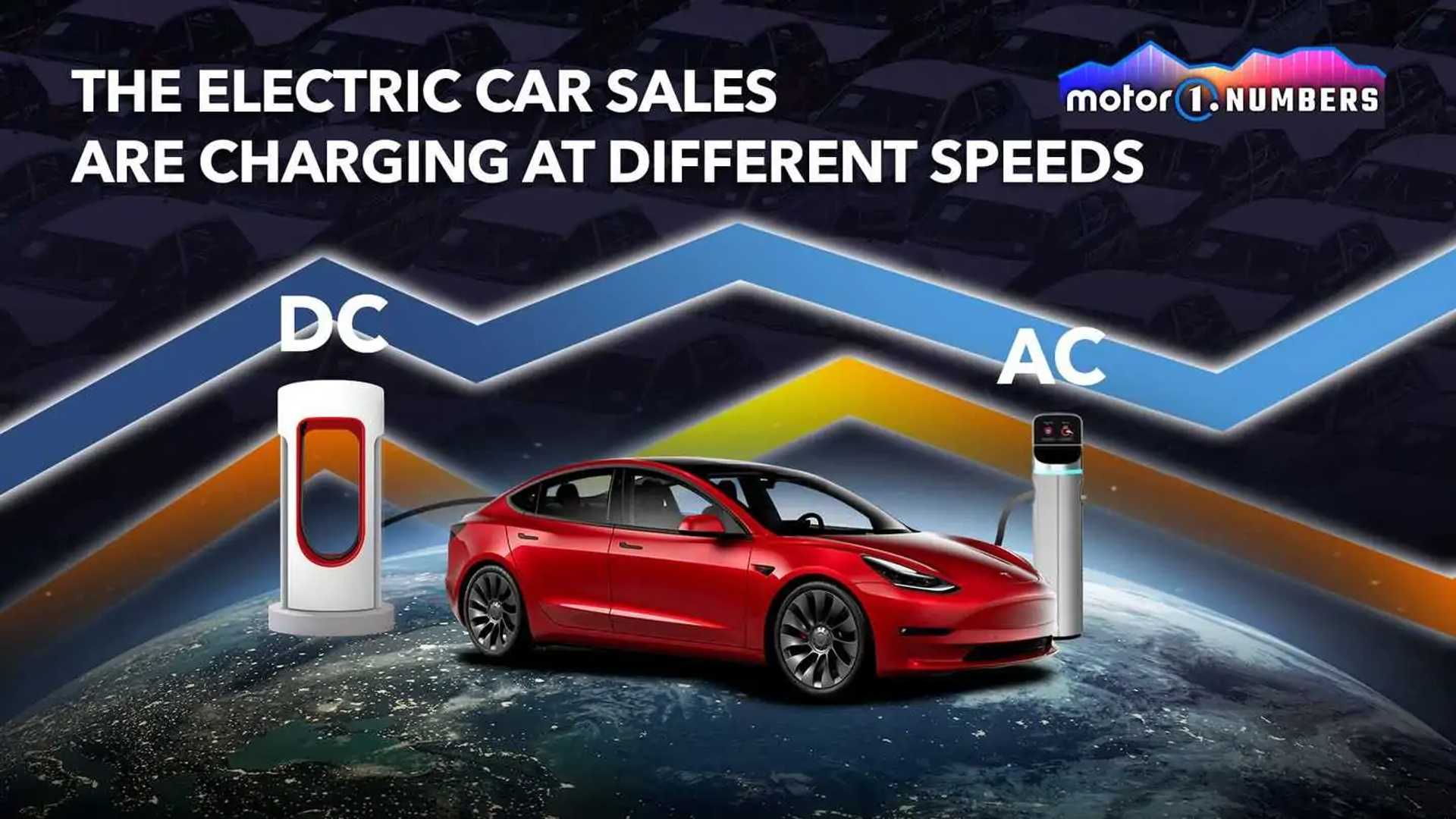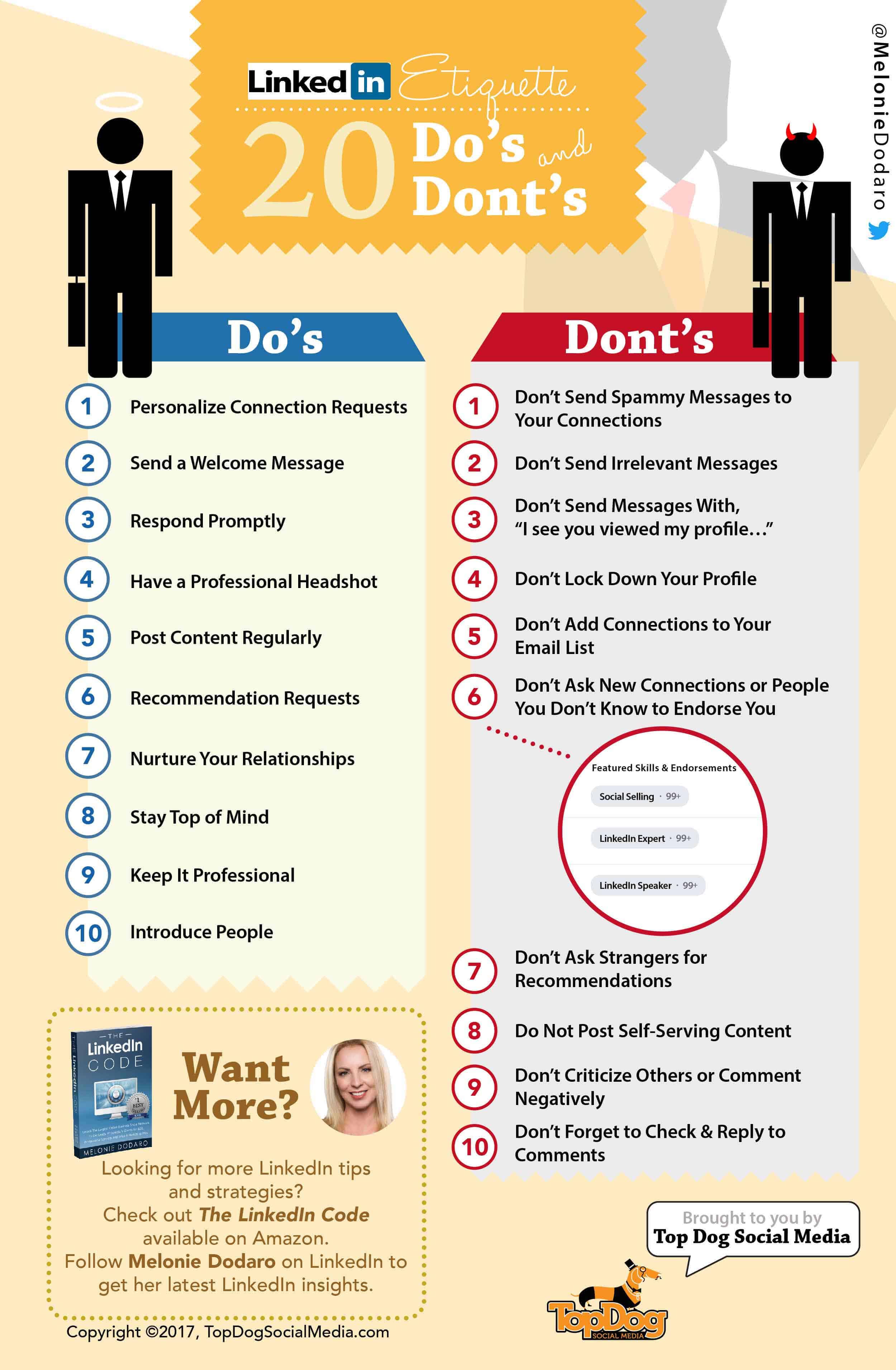Car Dealerships Increase Pressure Against EV Sales Quotas

Table of Contents
Financial Concerns Driving Dealer Resistance to EV Sales Quotas
Dealerships are facing considerable financial hurdles in adapting to the increasing demand for EVs and the pressure of meeting EV sales quotas. These financial concerns are a major driver of their resistance.
High Initial Investment Costs
Transitioning to a significant EV sales volume requires substantial upfront investment. Dealerships must adapt their infrastructure and operations to accommodate the unique aspects of EVs.
- The cost of installing fast-charging stations can be prohibitive for smaller dealerships. The expense of purchasing, installing, and maintaining these stations, especially those capable of rapid charging, represents a major capital outlay.
- Training mechanics on the nuances of EV repair is time-consuming and expensive. EV repair requires specialized knowledge and tools, different from those used for internal combustion engine (ICE) vehicles. This necessitates significant investment in training programs for existing staff.
- Managing EV battery inventory and disposal adds complexity to dealership operations. EV batteries have a limited lifespan and require specific handling and disposal procedures, adding another layer of complexity and cost to inventory management. This includes the cost of battery replacement and recycling.
Lower Profit Margins on EV Sales
Traditional dealership profit models rely heavily on the higher profit margins associated with internal combustion engine (ICE) vehicles. EVs, however, often yield lower profits.
- Lower service revenue from EVs compared to ICE vehicles. EVs have fewer moving parts, resulting in less frequent and less costly maintenance compared to ICE vehicles. This directly impacts the after-sales revenue stream for dealerships.
- Increased competition from direct-to-consumer EV brands. Established automakers are facing increased competition from new entrants selling EVs directly to consumers, cutting out the traditional dealership model and reducing profit margins.
- Pressure to lower prices to remain competitive in the EV market. The growing competition in the EV market forces dealerships to lower prices to attract buyers, further squeezing profit margins.
Operational Challenges of Meeting EV Sales Quotas
Beyond financial concerns, operational challenges also contribute to dealer resistance to EV sales quotas. Meeting these targets requires overcoming several logistical and market-related obstacles.
Lack of Consumer Demand in Certain Regions
The demand for EVs is not uniform across all geographic areas. Dealerships located in regions with limited charging infrastructure or lower consumer awareness of EV benefits find it particularly difficult to meet EV sales quotas.
- Challenges in educating consumers about EV technology and benefits. Overcoming consumer misconceptions about range anxiety, charging times, and overall EV practicality requires significant educational efforts.
- Concerns about range anxiety and charging infrastructure limitations. Limited availability of public charging stations and concerns about driving range remain major barriers to EV adoption in many regions.
- Limited availability of used EV models impacting trade-in values. The relatively young age of the EV market means there's a smaller supply of used EVs, impacting trade-in values and making it harder for some consumers to switch to electric.
Inventory Management Difficulties
Managing EV inventory presents unique difficulties compared to ICE vehicles. Production lead times are often longer, and battery technology is constantly evolving.
- Difficulties in predicting demand for specific EV models and battery configurations. Accurately forecasting consumer demand for various EV models with different battery sizes and features is challenging, leading to potential overstocking or shortages.
- Supply chain disruptions impacting the availability of EV parts and components. The global supply chain is still recovering from various disruptions, creating uncertainty in the availability of EV parts and components.
- Dealing with outdated battery technology and potential for warranty claims. Rapid advancements in battery technology mean that older battery models may become less desirable, potentially increasing warranty claims and affecting dealership profitability.
The Impact of Dealer Resistance on EV Adoption Goals
Dealer resistance to EV sales quotas directly impacts the overall success of national and global EV adoption goals. The lack of support from the dealer network significantly hinders manufacturers' efforts to meet production targets and satisfy consumer demand.
- Slowed progress towards emission reduction targets. Failure to meet EV sales quotas delays the reduction of greenhouse gas emissions from the transportation sector.
- Potential for government intervention with stricter regulations. Governments may resort to stricter regulations and penalties if the automotive industry fails to meet its electrification targets.
- Impact on the development of supporting infrastructure like charging stations. A lack of dealer support can reduce incentives to invest in the development and expansion of crucial charging infrastructure.
Conclusion
The pushback against EV sales quotas from car dealerships underscores the complexities of transitioning to electric mobility. Addressing the financial and operational concerns of dealerships – providing financial incentives, improving infrastructure, and educating consumers – is vital for a successful transition. Failure to address these issues will impede progress toward ambitious EV sales quotas and broader sustainability goals. The future of electric vehicle adoption hinges on finding solutions that balance the needs of manufacturers, dealers, and consumers. Understanding the pressures against EV sales quotas is crucial for creating a sustainable and successful shift to a cleaner automotive future. Let's work together to find solutions that promote the widespread adoption of EVs and overcome the challenges surrounding electric vehicle sales targets.

Featured Posts
-
 Why Gypsy Rose Blanchard Delays Marriage To Ken Urker
May 06, 2025
Why Gypsy Rose Blanchard Delays Marriage To Ken Urker
May 06, 2025 -
 Meet Tracee Ellis Ross A Look At Her Famous Family
May 06, 2025
Meet Tracee Ellis Ross A Look At Her Famous Family
May 06, 2025 -
 Rachel Zegler Shakira And More Predicting The Met Gala 2025 Guest List
May 06, 2025
Rachel Zegler Shakira And More Predicting The Met Gala 2025 Guest List
May 06, 2025 -
 Exclusive Leaked Met Gala Guest List Names The Biggest Stars
May 06, 2025
Exclusive Leaked Met Gala Guest List Names The Biggest Stars
May 06, 2025 -
 Navigate The Private Credit Boom 5 Dos And Don Ts For Job Seekers
May 06, 2025
Navigate The Private Credit Boom 5 Dos And Don Ts For Job Seekers
May 06, 2025
